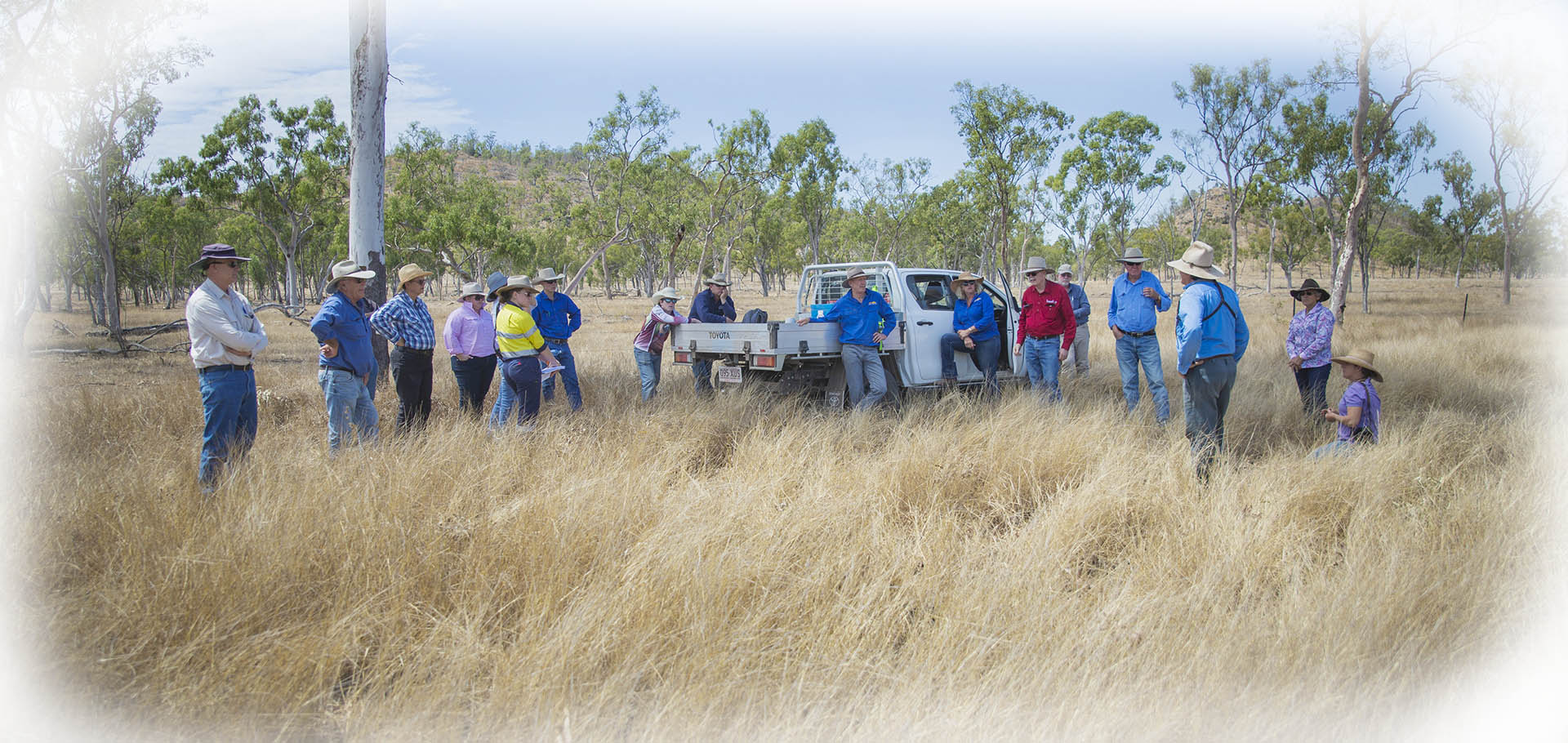TACKLING WATER QUALITY ON A CATCHMENT SCALE
Major Integrated Project a $16.2m investment
The LDC project is a Major Integrated Project (MIP) funded through the Queensland Government’s Reef Water Quality Program. The Government committed $15.1m, following on from an investment of $850,000 to support the community-led design stage in 2017.
The project was initiated on a recommendation by the Great Barrier Reef Water Science Taskforce, in its report released in May 2016, with objectives to improve water quality leaving the BBB river catchments and to increase landholder stewardship to minimise impacts on the Great Barrier Reef.
Through the 2020-21 Queensland Government budget, NQ Dry Tropics secured an additional $200,000 to invest in the LDC project to June 2021.
The funding is in addition to the $15.1 million already committed by the Queensland Government and recognises the progress achieved to date through the delivery of this community-led project.
These funds are boosting activities that are of high interest to landholders, including supporting existing cluster groups, the establishment of two new cluster groups, and a collaborative activity through the Influencing Other Land Managers activity area.
The four-year project is due to end in December 2021.
Foundations laid to enable significant, lasting change
Never before has a project taken such a wide-ranging approach to improve land and water quality at a catchment scale.
NQ Dry Tropics’ Landholders Driving Change project is piloting land management and repair approaches at a catchment scale, and evaluating their effectiveness in improving water quality and long-term sustainable land management.
LDC is concentrating efforts in the Bowen, Broken, Bogie (BBB) catchment, near Bowen and Collinsville. The BBB catchment delivers about 50 per cent of the fine sediment load from the Burdekin Basin and it remains a pivotal catchment for improving water quality outcomes.
It has been a truly community-driven effort to deliver better water quality, and healthier, more productive landscapes. In four years, LDC has laid the foundations to support future investment:
- Strong delivery framework (process, partnerships, capacity) established.
- An effective co-governance model operating.
- Sophisticated monitoring and evaluation framework.
- Unprecedented levels of interest, engagement and participation by all land managers (grazing, Local Government, infrastructure and utility organisations).
- A mix of activities that works and is delivering results.
- Strong linkages with a raft of other initiatives.
- An increasing sense of community responsibility for good land stewardship.
- Trust.
The LDC model:

Before and after photos of the LDC’s first large-scale gully remediation site on Mt Wickham Station, near Collinsville. Engineering firms Verterra and Alluvium, principal partners on the project, developed the gully remediation design, and project managed works on site. Local contractors completed the works. LDC monitors the effect of the work through CSIRO on-ground water quality monitoring equipment. (Move the arrows left and right to see “before” and “after”).
The project has achieved the following:
- Built trusted relationships with landholders through grassroots design and shared governance.
- This has resulted in 91 per cent of large grazing properties responsible for more than 1,000,000 hectares undertaking projects to improve their land condition.
- Supported 318 businesses and delivered $2.6 million in direct local employment.
- Leveraged more than $3 million in co-investment (cash and in-kind).
- Prevented more than 6000 tonnes of fine sediment from reaching the Great Barrier Reef.
- Completed 29 gully remediation projects and trials.
- Conducted a comprehensive assessment and prioritisation of 22,000 gullies in the BBB catchments.
- Built delivery partnerships with 63 organisations and, importantly, has helped catalyse a commercial market around gully rehabilitation.
- Developed strong and trusting relationships between landholders, science and government.
- Built relationships between graziers and government agencies through roundtables, workshops and on-site visits to improve landholder understanding of regulations.
- Completed a rehabilitation costing model.
- Built a successful model for delivering accelerated progress towards landscape-scale practice and water quality improvement.
- Facilitated the adoption of more sustainable practices by the Local Government, mining and utility sectors.
- Designed and trialed new incentive mechanisms.
- Established comprehensive monitoring programs, including a community water quality program that has validated sub-catchment pollutants loads and priorities.
- Continued tailoring support to landholders based on regular feedback and annual surveys (James Cook University and CSIRO).

